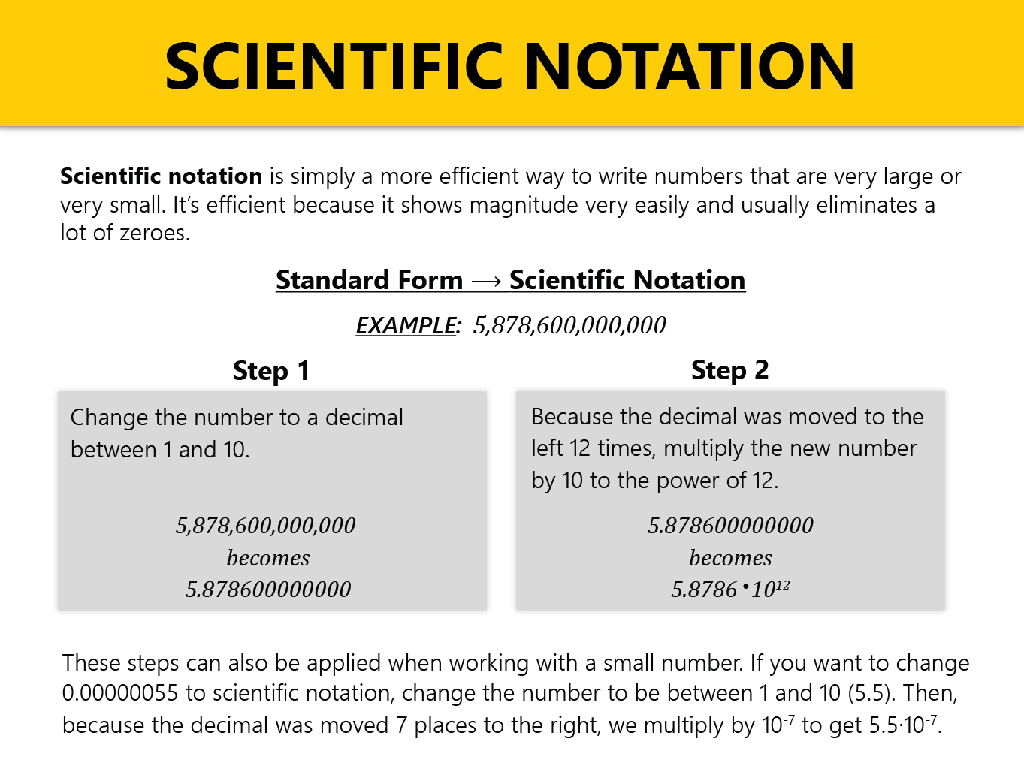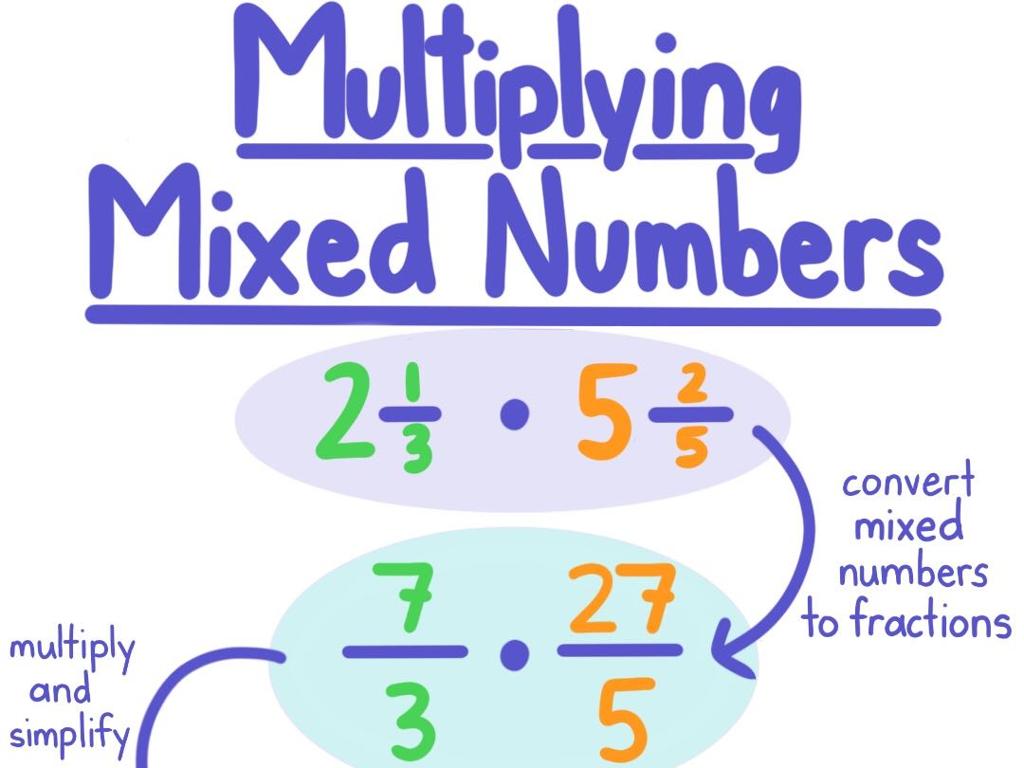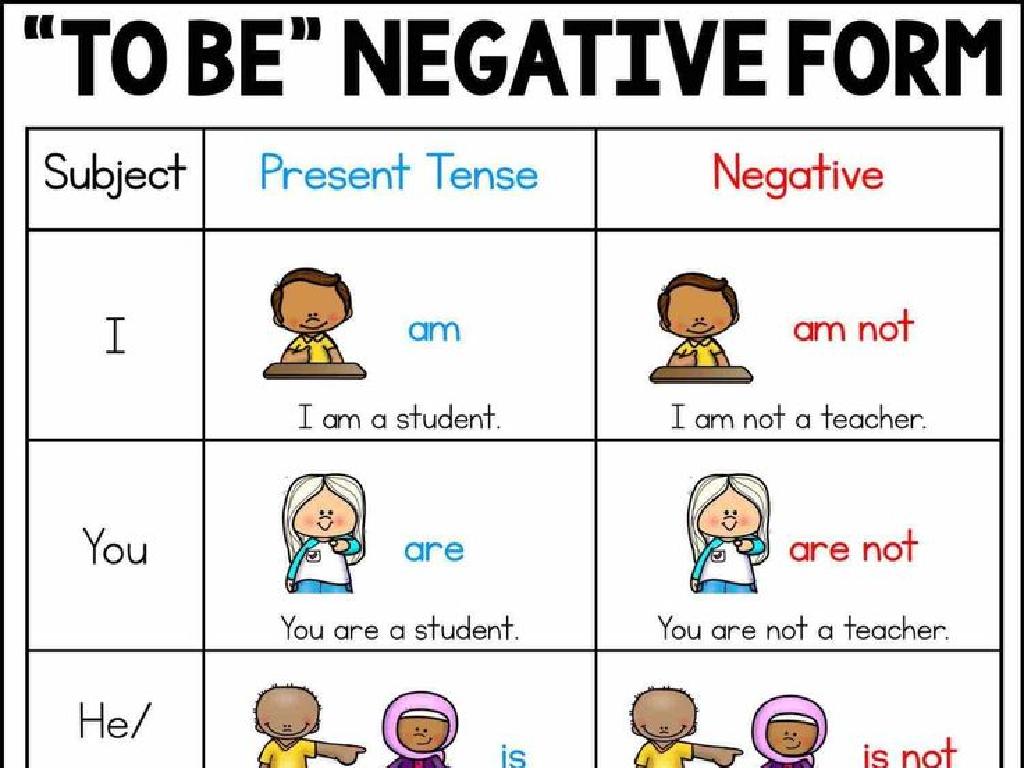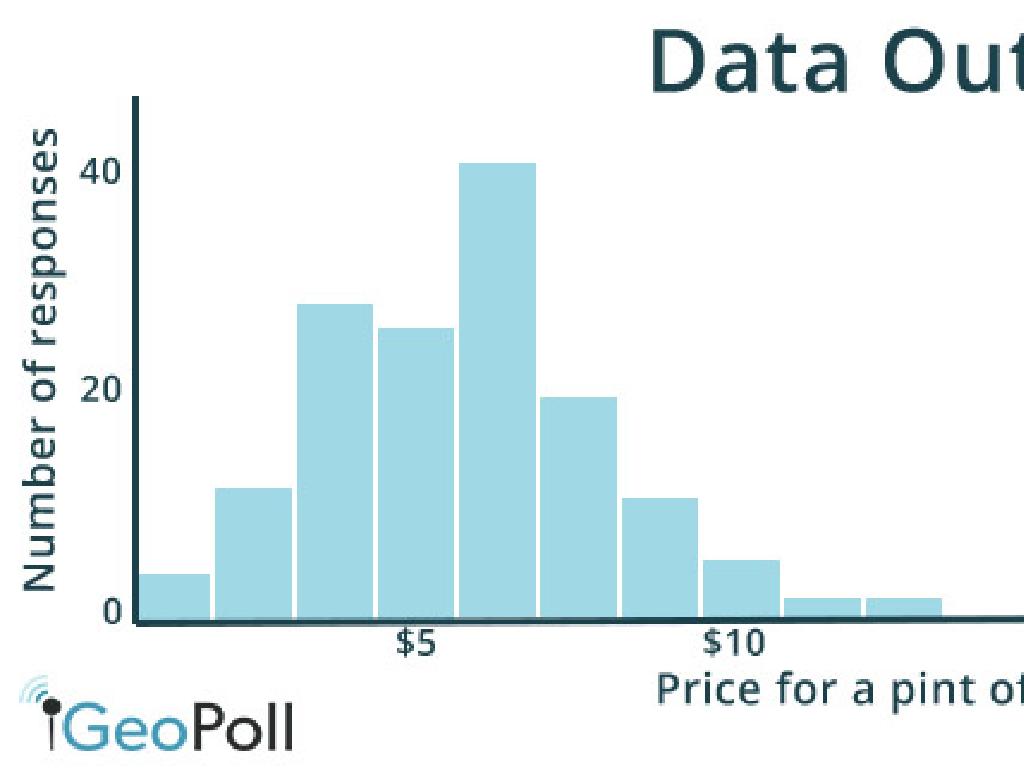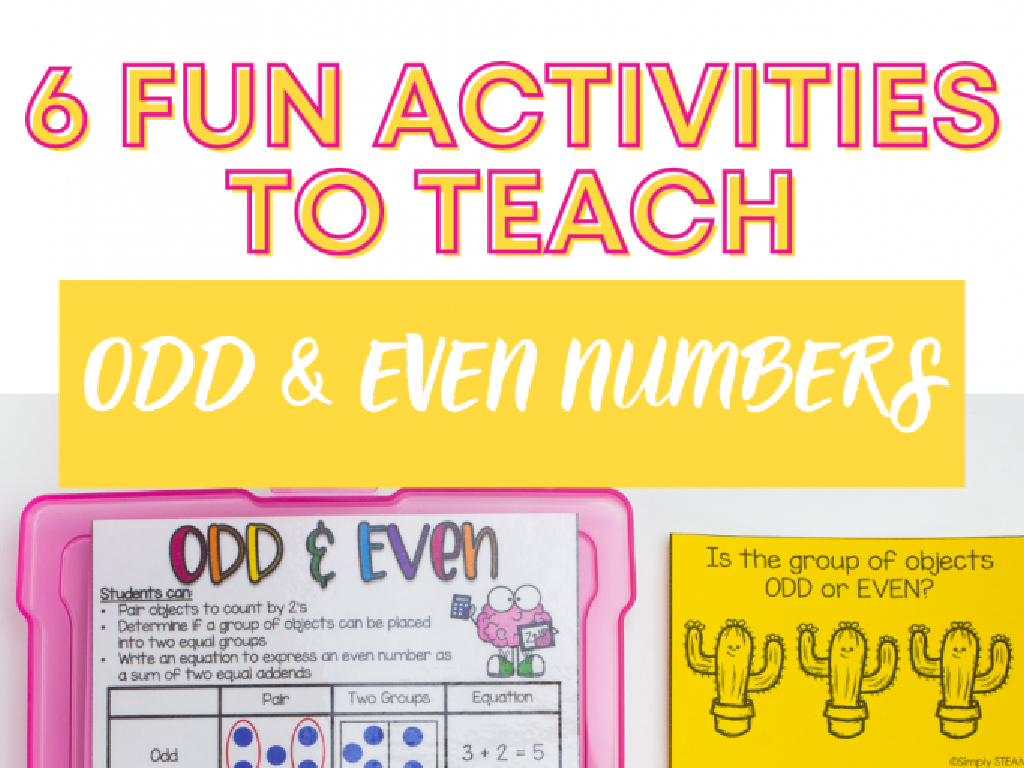Light And Heavy
Subject: Science
Grade: First grade
Topic: Comparing
Please LOG IN to download the presentation. Access is available to registered users only.
View More Content
Exploring Light and Heavy Objects
– Greetings, bright minds!
– Today’s topic: Light vs Heavy
– Think of light objects
– Feathers or leaves can be light
– Think of heavy objects
– Rocks or furniture can be heavy
|
Begin the class with an enthusiastic greeting to capture the students’ attention. Introduce the concept of comparing the weight of different objects by explaining ‘light’ and ‘heavy’ in a way that relates to their everyday experiences. Encourage the children to think of examples of light objects, such as feathers or leaves, and heavy objects, like rocks or pieces of furniture. This will help them understand the concept of weight and how to compare objects based on this physical property. Use this opportunity to engage the students in a discussion and allow them to share their thoughts and examples with the class.
Understanding Light Objects
– What does ‘light’ mean?
– Light objects are easy to lift
– Objects that don’t weigh much
– Examples of light objects
– Like a feather, leaf, or paper
– Class activity: Lift the feather!
– Who can pick up the feather easily?
|
This slide introduces the concept of ‘light’ as a property of objects that makes them easy to pick up. Start by explaining that ‘light’ in this context doesn’t mean brightness, but weight. Give relatable examples that children can easily understand, such as a feather, a leaf, and a piece of paper. For the class activity, bring a feather to class and let each student try lifting it to experience how light it is. This will help them grasp the concept of light objects through hands-on learning. Make sure to supervise the activity to ensure every student gets a turn and understands the concept.
Understanding Heavy Objects
– What does ‘heavy’ mean?
– Heavy means hard to lift or move
– Examples of heavy items
– Like a big pumpkin, a full backpack, or a large watermelon
– Lifting heavy objects
– We use our muscles to lift things that are heavy
– Need more strength for heavy things
|
This slide introduces the concept of ‘heavy’ to first graders by relating it to their everyday experiences. Start by explaining that heavy objects are difficult to pick up or move. Provide relatable examples such as a pumpkin during Halloween, a backpack full of books, or a big watermelon from the grocery store. Highlight that lifting something heavy requires more strength and effort. Engage the students by asking them to think of other heavy items they’ve encountered and how they felt trying to lift them. This will help them understand the concept of weight and its practical implications in their daily lives.
Comparing Light and Heavy Objects
– Learn to compare objects
– Which is lighter: toy car or block?
– Is the toy car easier to lift than the block?
– Compare items in our classroom
– Use classroom objects to learn about weight
– Understanding light and heavy
|
This slide is aimed at helping first-grade students understand the concept of weight by comparing objects to determine which are light and which are heavy. Start by explaining that some things are easier to lift because they are light, while others are harder because they are heavy. Use familiar objects like a toy car and a block to illustrate this concept. Encourage the students to participate by picking up different items in the classroom to feel which are lighter or heavier. This hands-on activity will help them grasp the idea of comparing weights. Make sure to supervise the activity to ensure safety and that the children are comparing objects of a suitable size.
Activity Time: Light or Heavy?
– Pair up with a classmate
– Pick objects from the activity table
– Decide if each object is light or heavy
– Use your hands to feel the weight
– Sort objects into two groups
– Create two piles: one for light objects, one for heavy
|
This activity is designed to help students understand the concept of weight by comparing objects. Students will work in pairs to encourage teamwork. Provide a variety of objects on the activity table with different weights. Guide the students to use their sense of touch to feel the weight of each object and decide if it’s light or heavy. Encourage them to communicate their reasoning with their partner. After sorting, discuss the results as a class. Possible variations of the activity could include using a balance scale for comparison, categorizing objects by size and weight, or even blindfolded guessing to focus on the sense of touch.
Class Activity: Balancing Act
– Create a balance scale using a hanger
– Hang two objects on each side
– Observe which side is lower
– The side that goes down is heavier
– Determine the heavier object
– The heavier side makes the hanger tip
|
This activity is designed to help first graders understand the concept of weight and balance in a hands-on manner. Using a hanger as a makeshift balance scale, students will select two objects and hang them on each side of the hanger. They will then observe which side of the hanger lowers to determine which object is heavier. This visual and physical representation of weight comparison will aid in their comprehension of ‘light’ and ‘heavy’ concepts. For the teacher: Prepare a hanger for each student or group, and provide a variety of objects to choose from. Ensure safety by supervising the selection of objects to avoid anything too heavy or dangerous. Possible variations of the activity could include comparing more than two objects, using objects of similar size but different materials, or predicting which object will be heavier before testing.
Conclusion: Understanding Light and Heavy
– Recap: Light vs. Heavy objects
– We learned how to compare objects based on weight.
– Identify light & heavy objects at home
– Example: Feather (light), Furniture (heavy)
– Celebrate learning about comparing
– Applaud the students for their hard work!
|
This slide wraps up the lesson on comparing the weight of different objects, reinforcing the concept of ‘light’ and ‘heavy.’ Encourage the students to reflect on what they’ve learned by asking them to name objects they consider light and heavy in their own environment. This helps to personalize their learning experience. Congratulate the class on their progress in becoming more adept at comparing objects, fostering a sense of accomplishment. For the next class, consider bringing in a balance scale to allow students to weigh objects and see the comparison in a tangible way.

